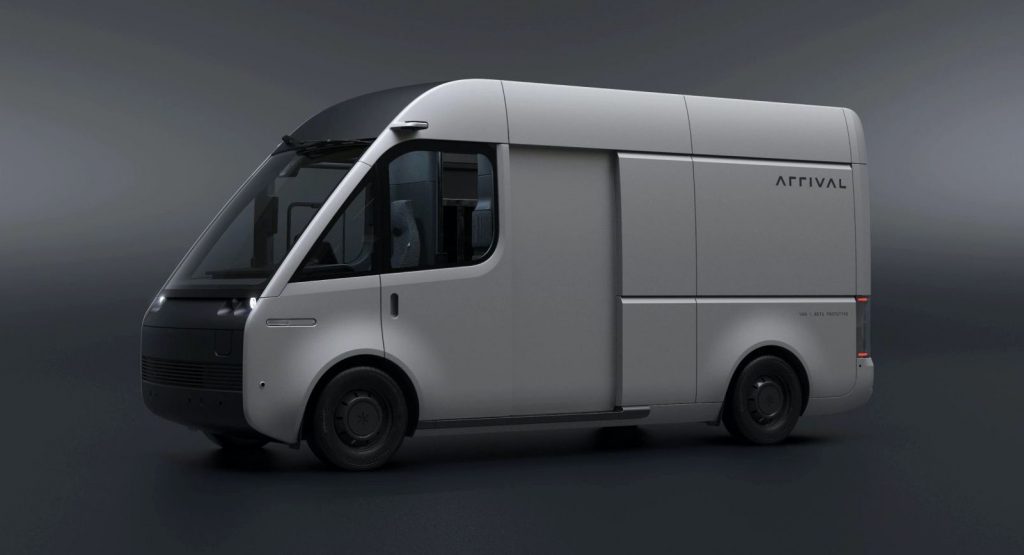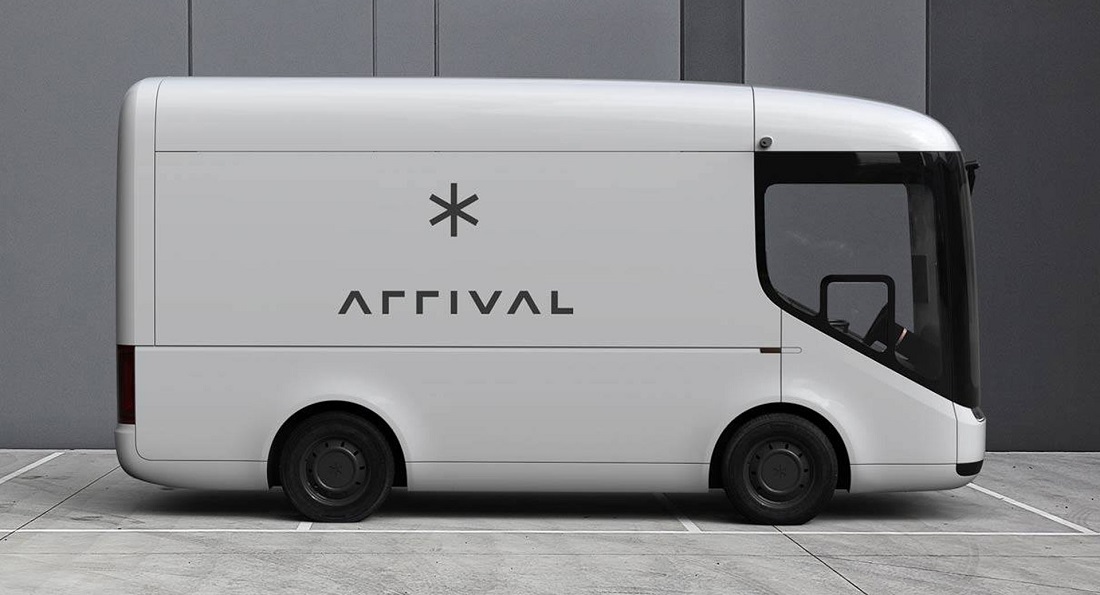UK-based Arrival is one of the most promising commercial electric vehicle startups, having secured major orders and investments from global companies.
In January, UPS placed an order worth $440 million for 10,000 electric vans in addition to investing an undisclosed amount through its UPS Ventures division to become a minority shareholder. Not long after that, Hyundai and Kia announced a $111 million investment into the British EV startup to gain access to Arrival’s scalable skateboard platform.
Now, the UK company has something to show its investors, namely the new Beta prototype commercial van. The new version has been developed using feedback from logistics companies, including UPS, DHL and Royal Mail, after evaluating the Alpha prototype.
Read Also: Bollinger To Enter Electric Van Segment In 2022 With Deliver-E
The main goal was to improve the electric van’s usability and, to that end, major changes have been made. “The differences in the functionality and the user experience have led into some fairly substantial design changes, primarily around ingress and egress,” Jeremy Offer, Arrival Chief of Design, said as quoted by InsideEVs.
No further details were provided, but the photos reveal a less brick-like, more aerodynamic bodywork with a sweptback windshield that doesn’t reach as low as before and higher-set headlights than on the Alpha prototype. Access to the cabin is through a large sliding door, with the photos also revealing a higher driving position and smaller side windows.
We also get a peek inside the cabin, where a large touchscreen display dominates the minimalist dashboard and controls all vehicle functions. Arrival’s digital ecosystem is said to enhance performance by calculating energy usage, range and vehicle efficiency based on load.
The modular architecture allows the Arrival Van to be configured based on battery capacity, height, length, and load space, meeting specific commercial requirements. According to the company, the vehicle “has been engineered to maximize space, for best-in-class payload and volume capacity.”
The body panels will be made of proprietary thermoplastic composites, allowing the vans to be assembled in easily-deployable “microfactories” occupying just 10,000 square meters (108,000 sq ft). Paint shops or welding won’t be necessary, because the panels don’t require such operations.
The Arrival Van uses cylindrical battery cells from LG Chem with capacities ranging from 44 kWh to 130 kWh. No driving range estimates are available, but the largest battery option should deliver a driving range significantly longer than 100 miles (161 km) per charge, even with cargo and frequent starts and stops. The company’s goal is to start deliveries of its electric van in the first quarter of 2022.










